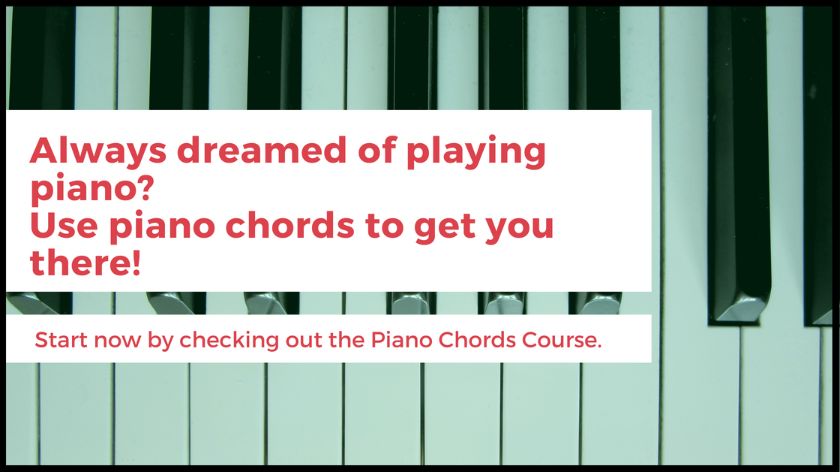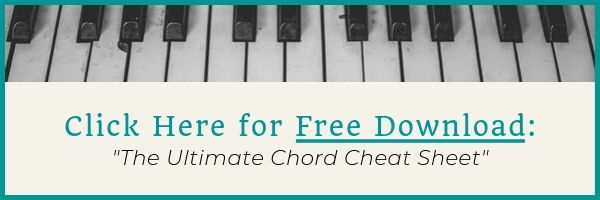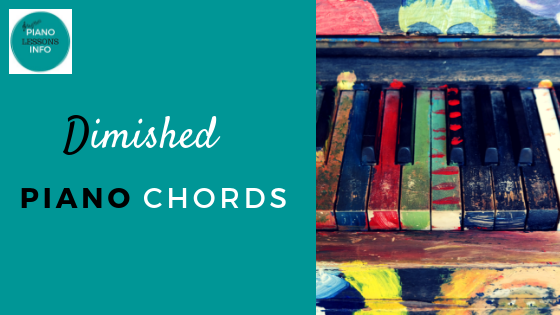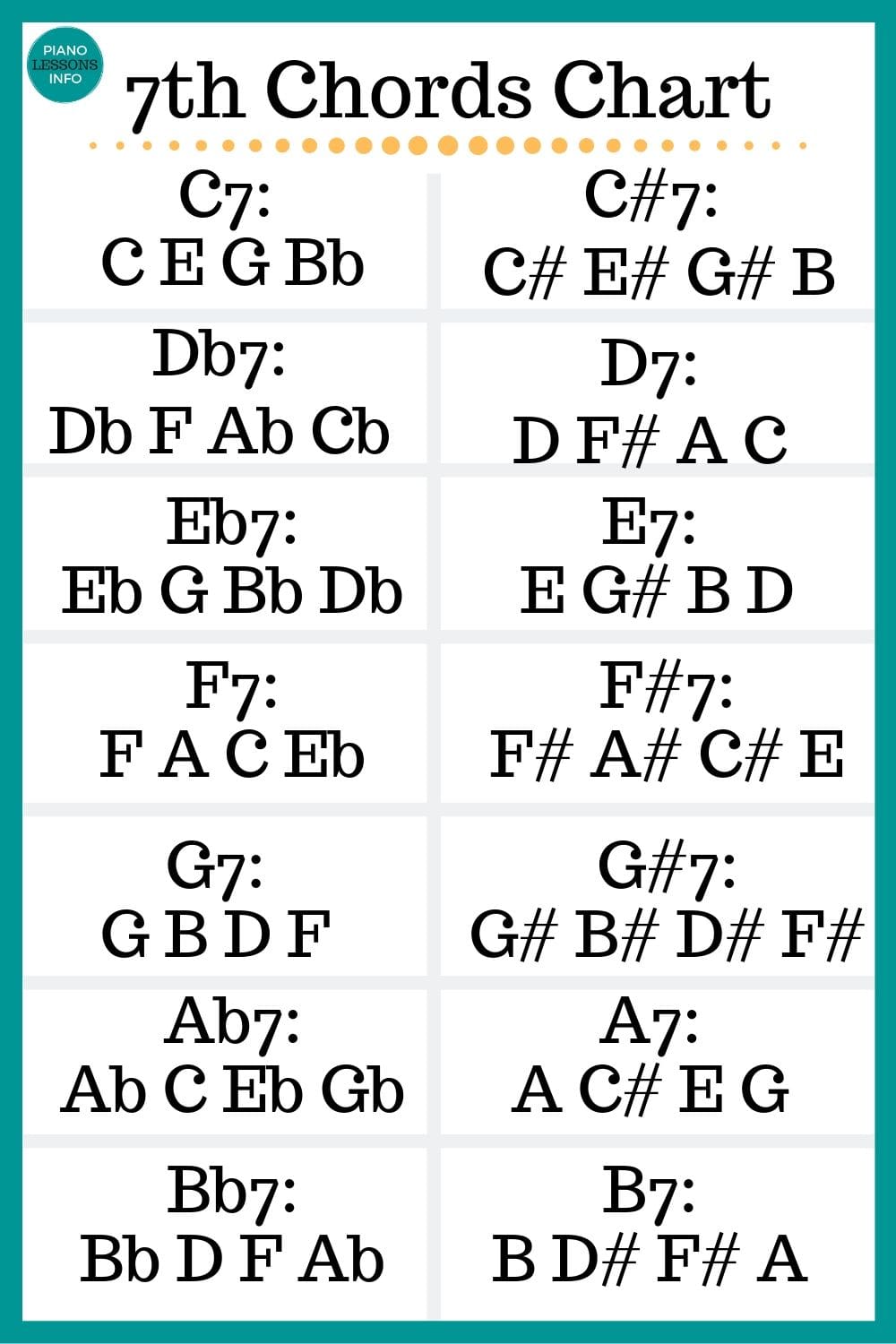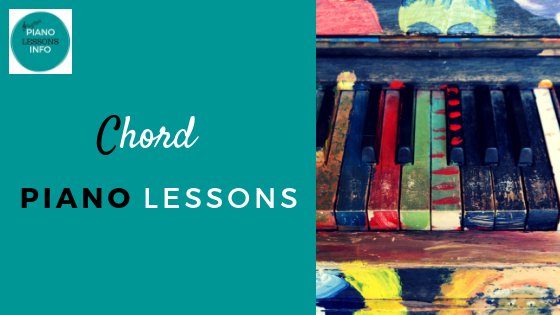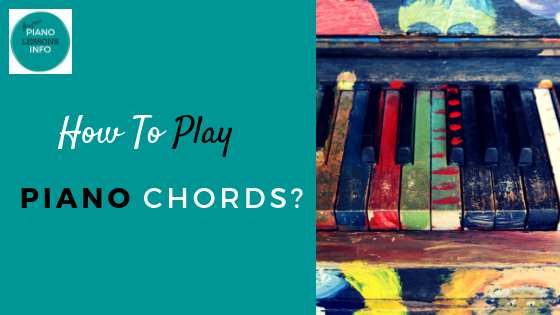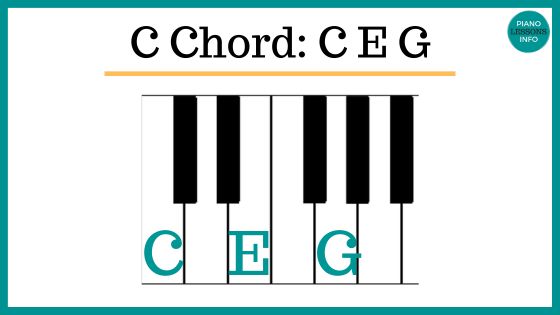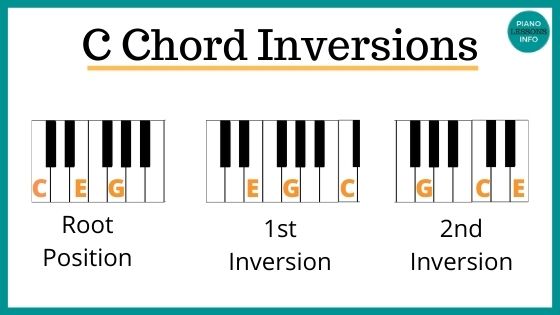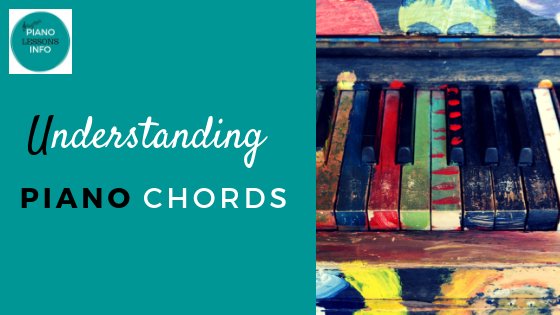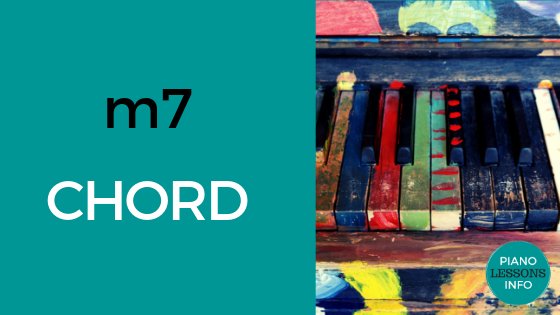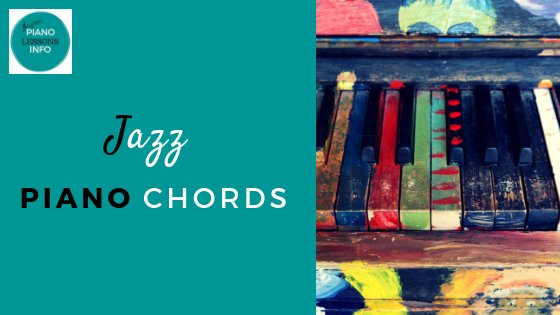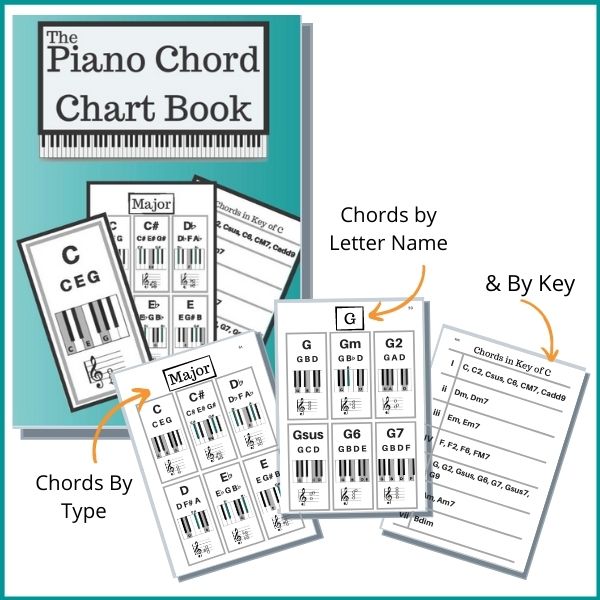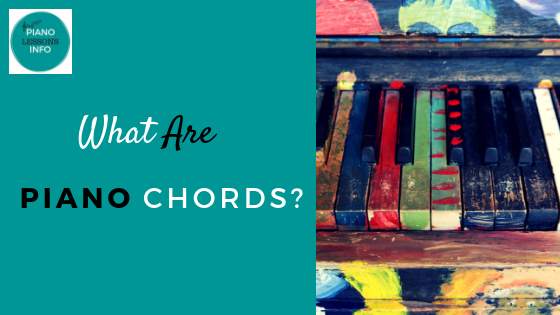Left Hand Piano Chords Shouldn't Be Complicated
+ How to Play Them
Left hand piano chords is a topic that I get a lot of emails and questions about. For some reason, almost all of us find the left hand just that little bit harder than the right hand. (I've actually met only one person in my whole life who didn't find this.)
But when it comes to chords, it really doesn't have to be difficult or complicated. In fact, it may just be the easiest part of playing chords.
Below we will go over:
- what your right hand and left hand plays with chords
- a few simple techniques for your left hand when playing chords
- different styles you can use for your left hand
- using rhythm with your left hand
- slash chords
What Should Your Right Hand & Left Hand Be Playing With Chords?
Knowing what to play in each hand can be a bit hard to figure out because of the nature of playing chords themselves - they allow for flexibility and creativity. So there is no "right way" to play them. But there are a few guidelines and suggestions to follow.
Right Hand - Important for melody
Generally, you want to play the melody in the right hand. This is where it stands out the most. If you're not really playing a melody, your ear may still pick one up with the top notes you're playing.
Left Hand - Bass Lines & Support
One important job of the left hand is to provide us with bass, the low notes and low end of the music. This could be in the shape of a very uncomplicated and simple bass line (the lowest note of a chord) or a complex bass line (lowest note of the chord with more notes mixed in).
Left hand can also support the melody and right hand by playing notes from the chord, playing the whole chord or playing only the root note of the chord.
Video Tutorial: 3 Simple Left Hand Piano Chords Techniques Anyone Can Use
Left Hand Piano Chords - What I Play
Technique #1
When I play chords, what I basically play is the chord and melody in my right hand and the root note of the chord in my left hand. It really doesn't have to be more complicated than that in the beginning.
For the left hand what this means is that if there's a C chord, I'll be playing C. Em7 chord? I'll play E in the left hand.
Learning to play this, is a great first step and it's quite simple.
Once you're comfortable with it, you can turn that single note into an octave or add some rhythm to it.
Using Block Chords in Your Left Hand
Technique #2
One technique that many people start and stick with is playing block or solid chords in the left hand. This basically means playing the whole chord in your left hand while playing a single melody in your right hand.
When to use this technique:
This is a great beginner technique because it's on the simpler side - especially if you want to play a melody while playing chords or use a lead sheet. It's also great for learning the shape of a chord for your left hand. And for learning the notes too.
Another time you may want to use this technique is stylistically. If you want a very simple sound or really want the melody to stand out, you can try this.
This also sets the foundation for the next technique - playing broken chords.
Broken Chords with Left Hand
Technique #3
Broken chords are chords that are played one note at a time as opposed to all together. (Basically the opposite of block or solid chords.)
This technique can be seen in songs like Hallelujah with chords played broken over and over again.
This can be really nice in slower songs especially. The right hand would be playing melody or other bits of the chord.
If you wanted to write your own melody, you could try pairing it up with playing broken chords in your left hand. This is a great left hand piano chords technique and used often.
Rhythm with Left Hand Piano Chords
The left hand is a great place to add in some rhythm when playing piano chords. It doesn't have to be complicated though. It can be a simple rhythm and evolve as your playing evolves and you get more experience.
To begin with, just play the chord in your right hand and root note in your left hand. Then play the left hand on the first beat of the bar or when you first play the chord.
(RH = right hand, LH = left hand)
RH RH RH RH
LH
Next, try playing the left hand on the first and third beats:
RH RH RH RH
LH LH
Then try an off beat - play the left hand some time when the right hand isn't playing.
RH RH RH RH
LH LH
If rhythm is something you know you need more work on, I am currently working on a little mini course and more information on this. (You'll hear about it if you're part of the email list which you can join by getting the free chord cheat sheet.)
Free Download:
Ultimate Chord Cheat Sheet

Subscribe below and get free access to the (printable) Ultimate Chord Cheat Sheet.
Left Hand Specialty Chord - Slash Chords
If you've ever seen a chord that looks like C/G or D/F#, these are slash chords and important for you to know for your left hand piano chords playing.
The note after the slash is the note you need to play as the lowest note in your left hand. It's the bass note.
If you're playing a root note or single note in your left hand, this is an easy change. For D/F#, you just play F# instead of D.
If you're playing the full chord in your left hand however, you'll need to play an inversion of the chord so that F# is on the bottom. (So playing F# A D instead of D F# A.)
There's More ...
There is a lot more you can do to play left hand piano chords - octaves, bass lines, arpeggios and so on. If want to learn how to use these techniques plus get exercises and my top tips on making your left hand sound pro, you can access the mini course 5 Simple Left Hand Patterns for Pro Piano Chords in the Piano Chords Club.
Recent Articles
-
Piano Notes Chart
Nov 20, 23 10:21 PM
Find a piano notes chart for treble clef and bass clef notes as well as the different types of notes. -
D Chord on Piano + Diagram, How To & Theory
Oct 24, 23 12:20 AM
Learn how to play the D chord on piano with diagram, fingering, D/A, D/F# and a theory explainer. -
Diminished Piano Chords: Chart & How to Make Them
Oct 09, 23 09:23 PM
Learn the different diminished piano chords and how to make them. Here you'll find both a diminished chord chart and an explanation.
Free Download:
Ultimate Chord Cheat Sheet

Subscribe below and get free access to the (printable) Ultimate Chord Cheat Sheet.

